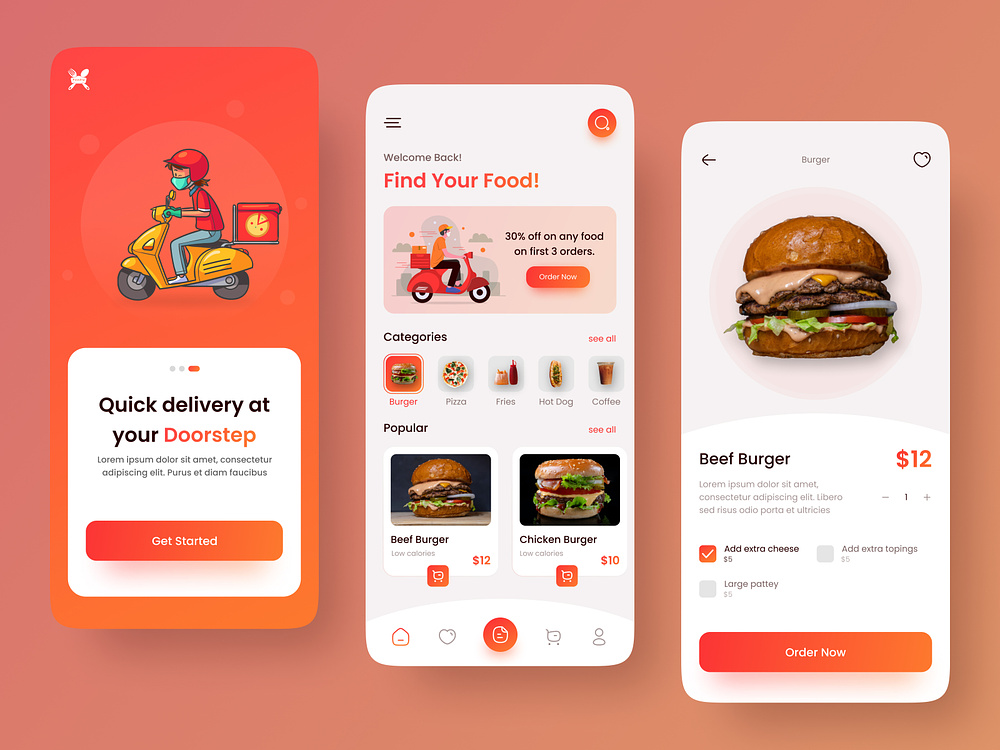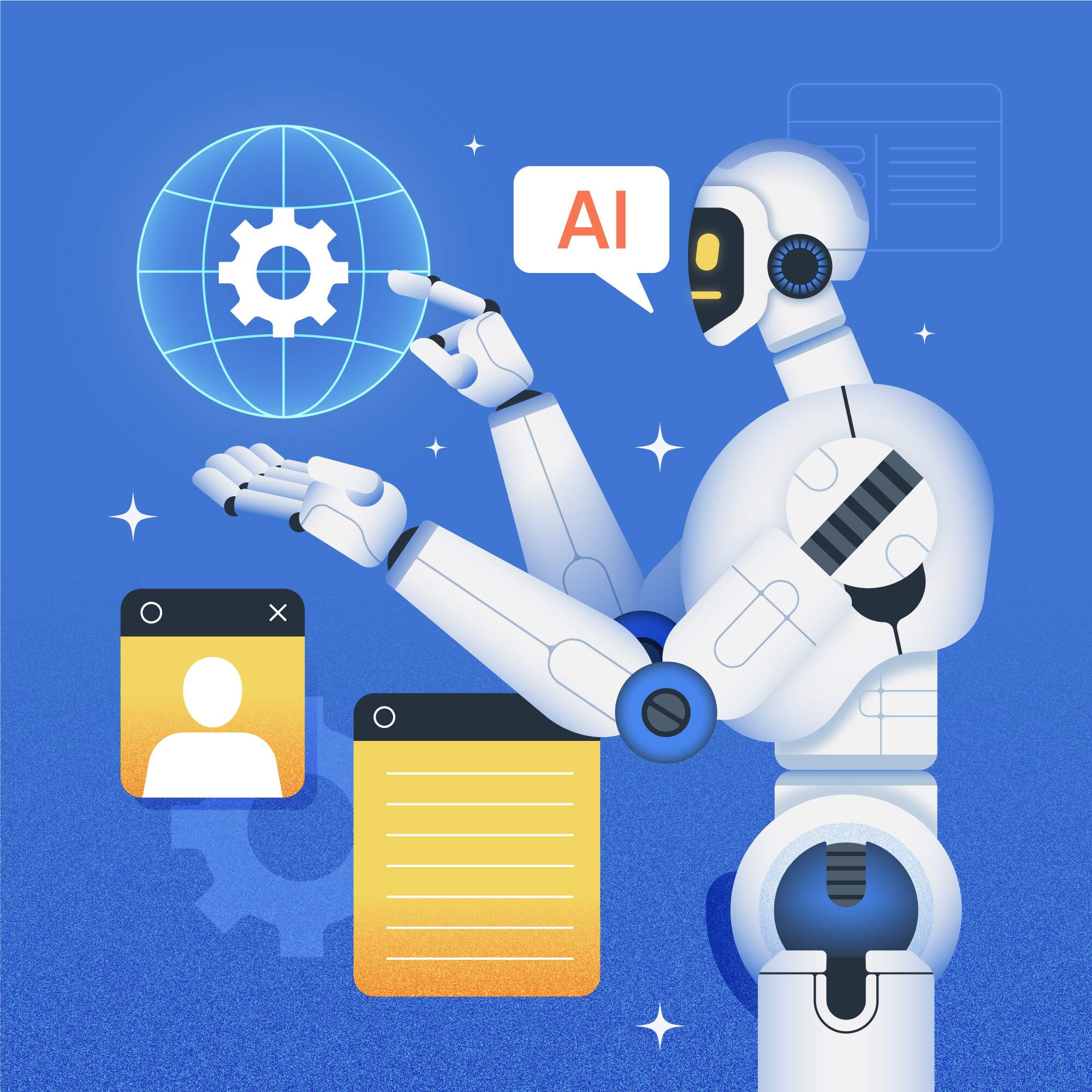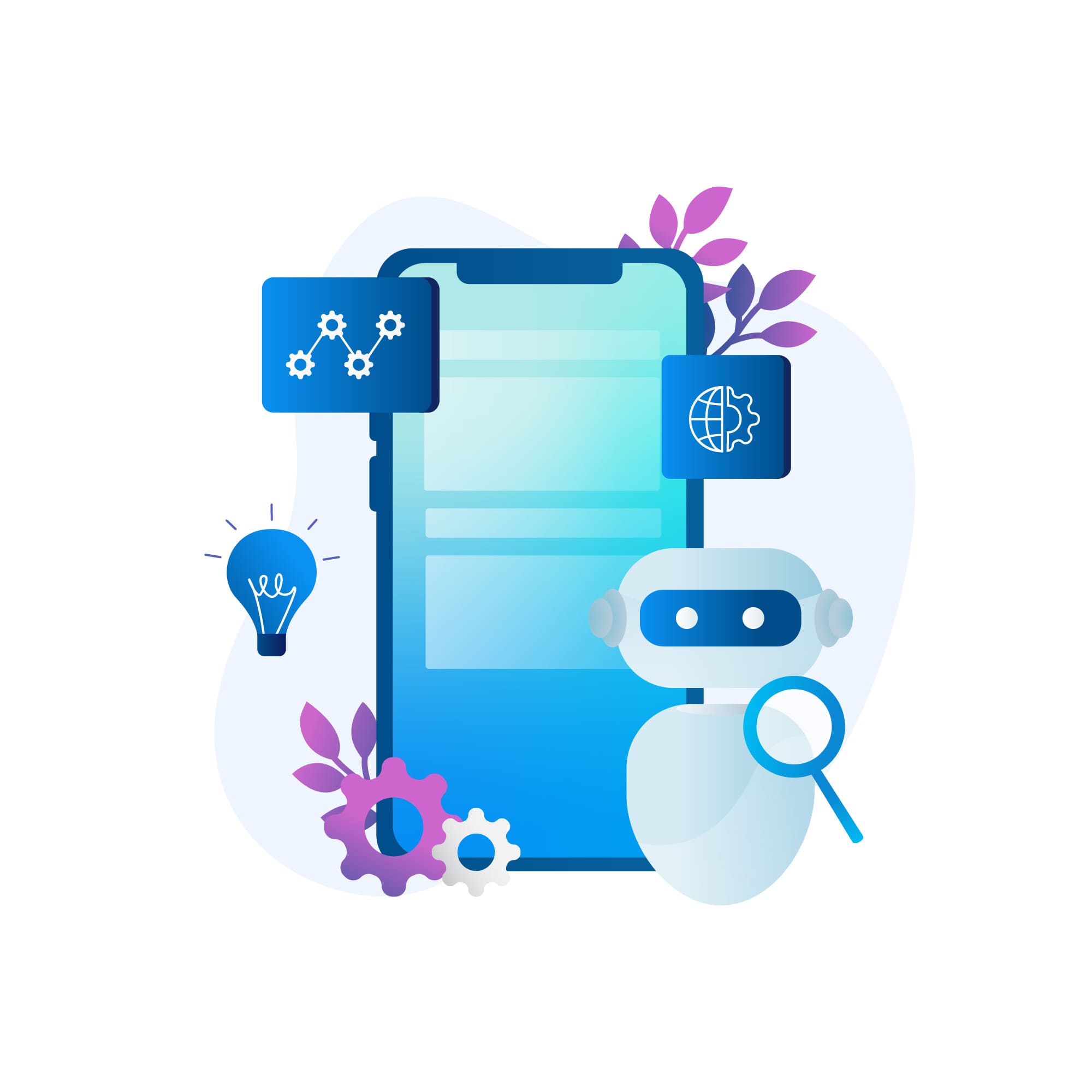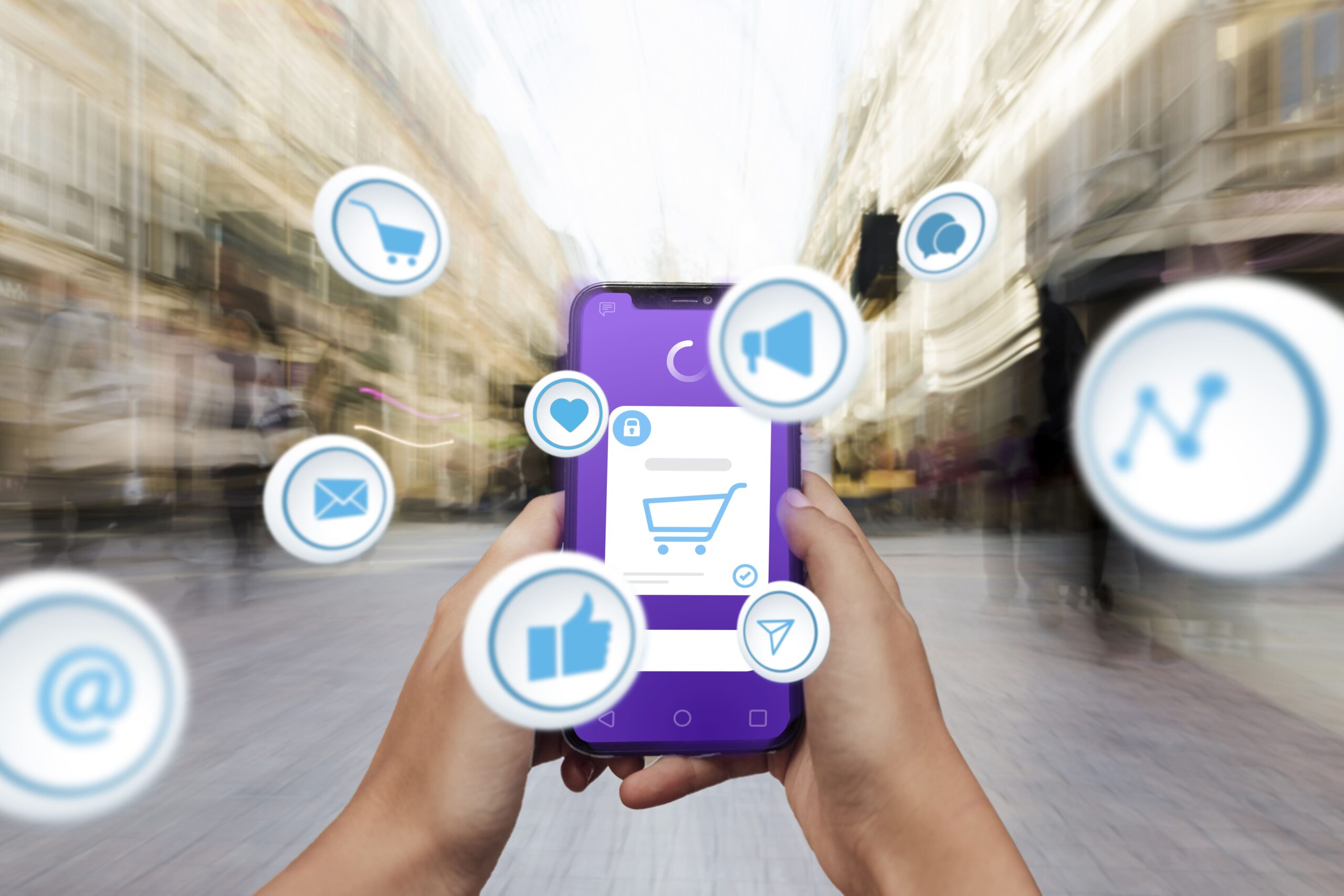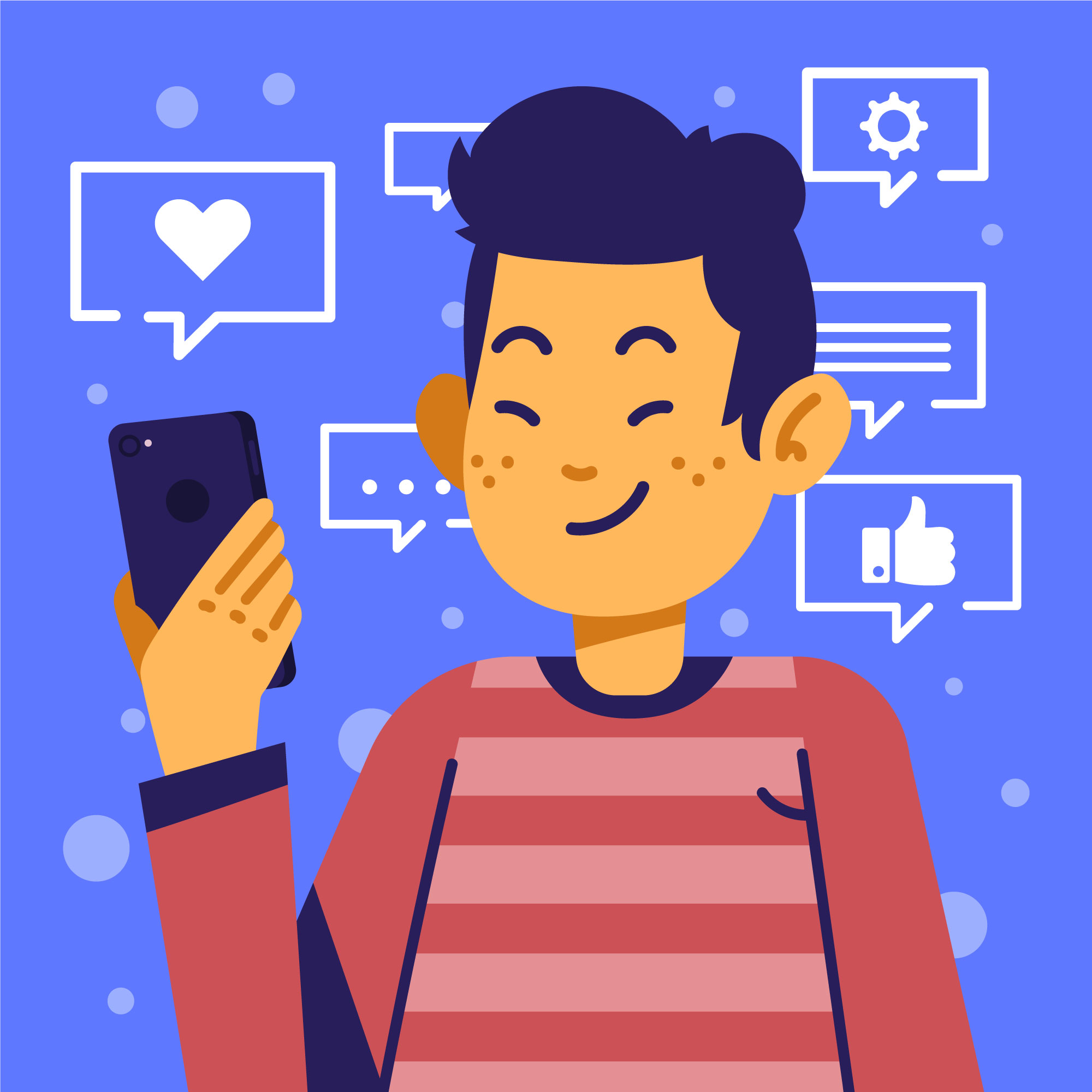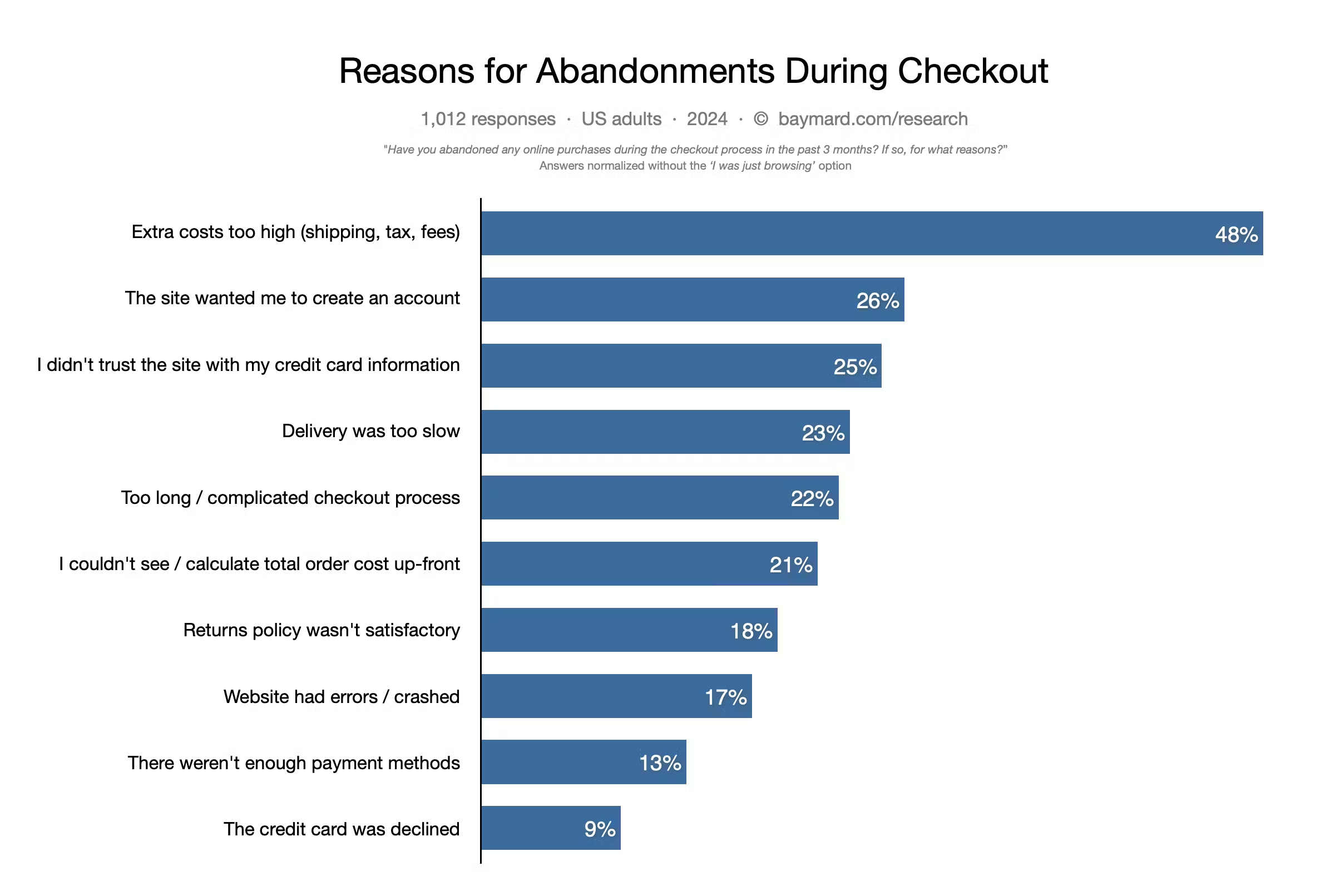Take Your Brand to New Heights with Professional UI/UX Design Services
People nowadays are aware of what they see on the internet and that the way people interact with your company is crucial. Each slide, move, and touch made on one’s website or app forms a certain perception of the brand in the eyes of the user. That is why availing the top-class UI/UX design services is more important than before. UX design also increases user engagement, conversion, and loyalty as it contributes to overall design improvement. Let us discuss how the best UI/UX design can help enhance your brand, set you apart from rivals, and promote continued business success.
The Value of Designing User Interfaces and Experiences
While both UI design and UX design are used interchangeably in most cases, they refer to different processes that contribute to designing a more effective user experience.
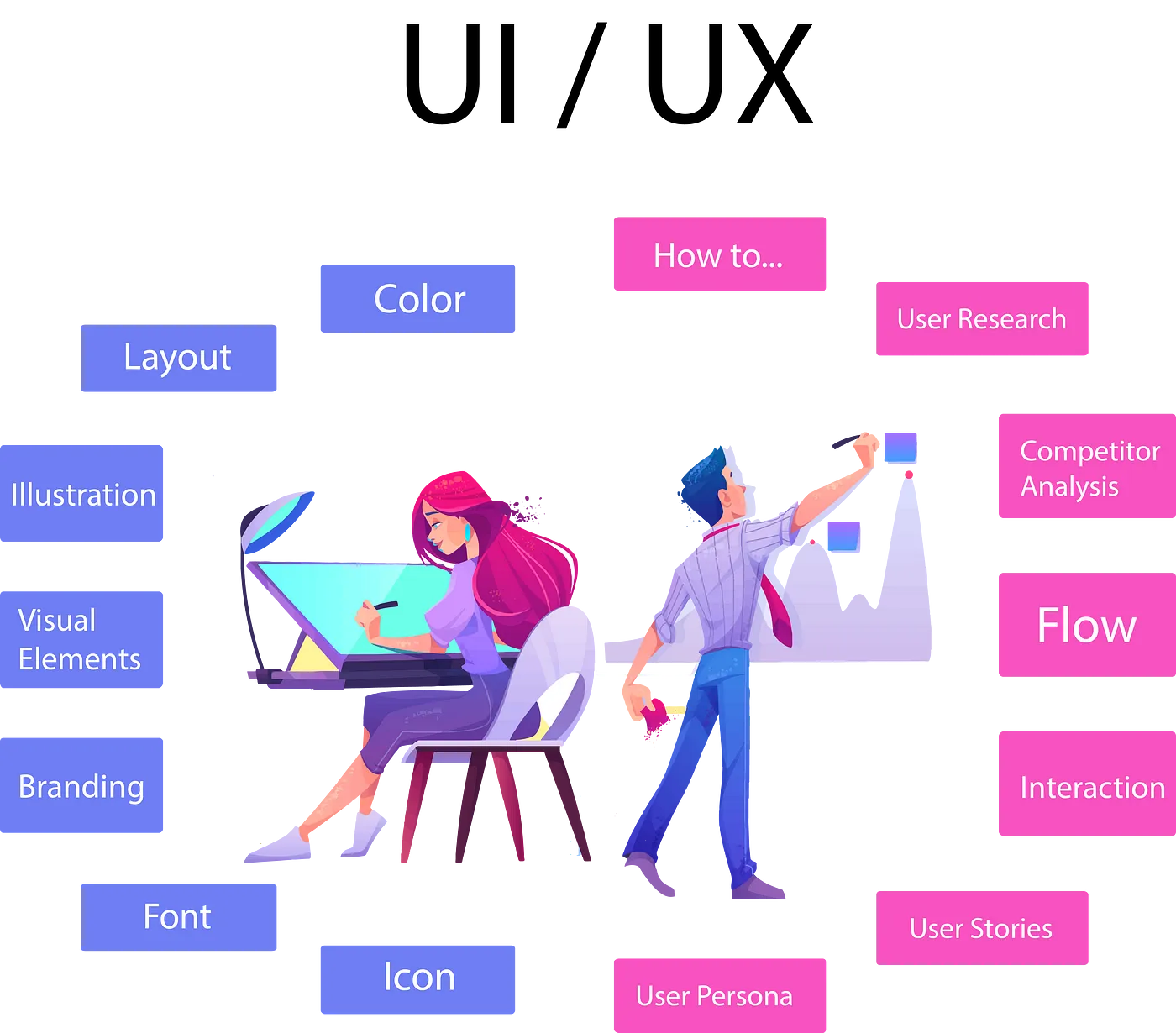
Understanding UI Design
Technically, UI design deals with the outer appearance or the way layout of a particular product. It applies to every icon that gets clicked, every text that gets typed, every image, slider, text entry field, and all other controls on the screen with which the user has an interface. This includes the overall design of your screens, transitions, interface animations, and every other micro-interaction. This means that any kind of media object, activity, or movement needs to be created.
The role of UX Design
UX design, on the other hand, refers to all the impressions that a person receives while using a particular product. The primary role of a UX designer is to ensure that a given product is as user-friendly and engaging to utilize as possible. At its core, it means mapping the entire process of usage of the product or application by the user and enhancing the value that the user derives at every stage. This includes such factors as product features, availability, and ease of use as well as whether it solves common pains and meets user wants.
Why Is Investing in Professional UI/UX Design Important?

Creating Lasting First Impressions
Your digital platform is in most cases the first touch point between your business and the targeted consumers. According to studies, visitors make a perception about a site in less than 50 milliseconds. The convenience and the Looks are another factor where if the UI design is eye-catching and user friendly it leaves a good first impression leaving the user glued to the website. On the other hand, having a bad, complicated interface discourages people from using it: thus, leading to a lost chance.
Improving user satisfaction and interaction
User-centered design, also known as user-oriented design, is when the product under development is tailored to correspond to the user’s needs and wants. Employing the skill set of prominently usability and accessibility, professional UI/UX designers guarantee clients that their digital products are as simple as possible to operate. This increases user engagement because users find it easy and rewarding to engage with your brand or company/website.
Boosting Conversion Rates
The design of the User Interface and the User Experience can make a big difference to your conversion rate. By providing users with clear instructions coupled with the absence of obstacles throughout the interaction process, the interface can help increase conversion. Whether the user is ready to buy something, subscribe to a newsletter, or simply fill out a form on the website, each interaction is unrelated and designed to achieve your business objectives.
Establishing Brand Identity Credibility
Whenever there is an issue with the brand image, it is very important to be consistent to create the desirable image. Qualified UI/UX designers make sure that the visual identity corresponding to your brand stays consistent throughout all the digital interfaces. These include but are not limited to the color pallets, typeface, and images that will be used to represent your brand to the audience.
Gaining a Competitive Edge
While the market competition in the modern business world is intense, mastering the principles of providing enhanced business user experience can become your competitive advantage. One of the benefits of opting for professional UI/UX design services is that it offers them a competitive edge by making them look as unique as possible and user-centered as possible. The usability of a site and the level of entertainment that users experience when they are visiting your site can determine whether they are going to purchase whatever they might be looking for or not and whether they will promote your brand to others or not.
Expert UI/UX Design And Its Long-Term Advantages
There are numerous advantages of spending money on UI/UX design services beyond short-term improvements in the number of users satisfied as well as conversion percentages. The advantages are numerous as the saying goes ”the best things in life are free” and here lies your free ticket to more business for your company.
Sustainable Growth and Scalability
The user experience is a very valuable component of your business that should change with your developing structure. Through a flexible and adaptable design approach, your digital products will meet upcoming users’ demands and new technologies without significant modifications. It is because this sustainability helps keep your digital marketing efforts active and useful as the days, weeks, and years pass by.
Higher Customer Retention and Loyalty
A positive user experience is an essential factor that will help in the building of customer retention. When the customer gets a satisfying and smooth experience with your digital products, they will be inclined to revisit the product. This can result in increased customer retention – such customers add more to the lifetime value than new customers and are cheaper to maintain as customers.
Improved Customer Insights
The successful development of the UI/UX interface requires continuous interaction with users and usability testing. It not only helps in constant interaction with customers and learning from their actions, choices, and complaints. They can help in decisions ranging from how to design a particular feature or user interface, to issues of business management and strategy relevant to your company and customers.
Increased Credibility and Brand Reputation
This brand element makes a lot of sense, as a brand that has positioned itself to make users happy will always receive attention on its streams and recommendations from other users. Happy customers are more inclined to recommend your goods to others, which adds a positive note to your brand image or value. Thus, a good reputation over the period can be a strategic corporate asset linked with the quest for excellence and satisfaction of consumers.
Conclusion
Leveraging professional UI/UX design does not imply making interfaces look more aesthetically pleasing; instead, it is about creating impactful and recognizable experiences for your audience. Here at Spark Technology, we love creating great UI/UX designs that are exceptionally optimized to suit the brand of the product.
With us as your web developer, you are assured of high-quality and professional outcomes in terms of work interface, usability, and functionality. It remains now to review the development process from the user research stage to the continuous improvement with a focus on your branding in the field of competitors’ pressure.
Ready for an Upgrade to Your Online Presence?
If you are planning to take the next step up in your branding mission with the best in UI/UX design, you have come to the right place. Come and visit us in our office for more information on our services, and how we can partner in delivering your desired online presence. Shall we drive up these numbers much more for your brand and get phenomenal outcomes? If you are looking for high-quality web or app development services feel free to drop us a message

